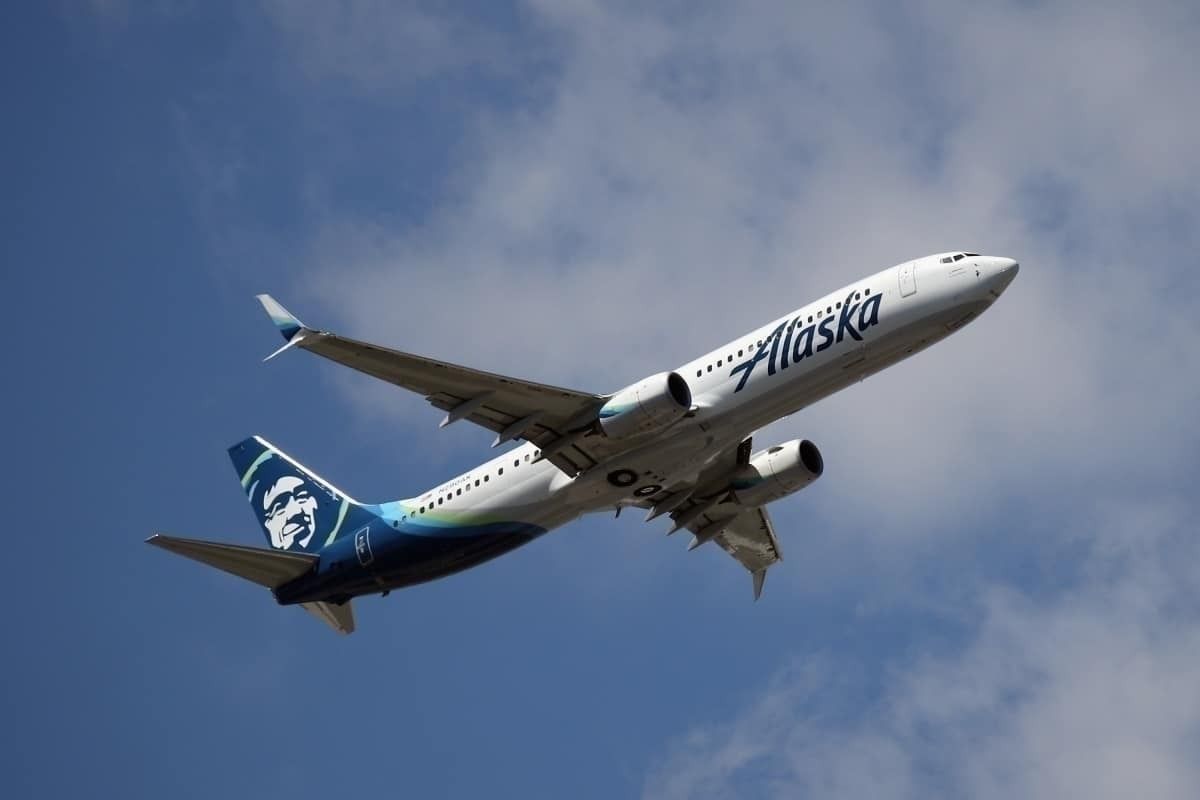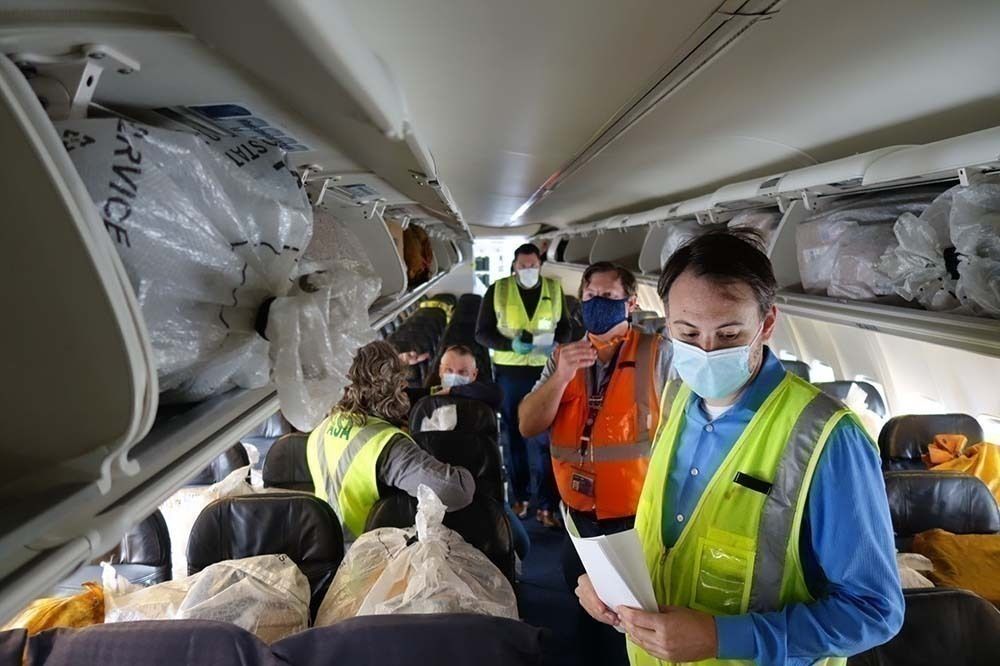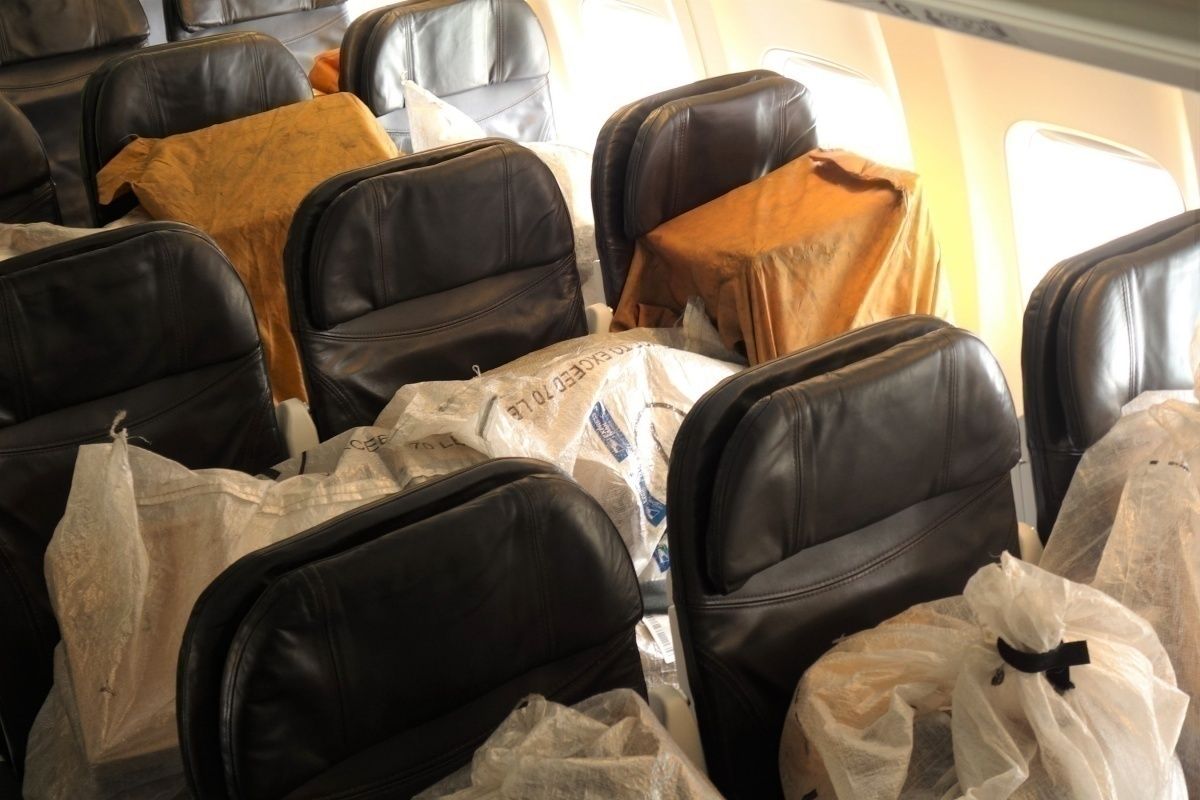Seattle-based Alaska Airlines is currently putting its Boeing 737 jets to the test as cargo-only aircraft during this COVID-19 pandemic. In a statement released on April 29, Alaska Airlines announced its intention to use passenger jets for cargo-only operations.
These select flights will be used to carry essential goods like medical supplies and PPE, along with mail and food. The statement said that by filling the aircraft with cargo, it would help make up for the loss in capacity following restrictions imposed by the coronavirus crisis.
Alaska Airlines will use six Boeing 737s for cargo
When speaking about Alaska Airlines plan to use the passenger cabin for cargo, managing director of Alaska Air Cargo Torque Zubeck said:
"We're determined to help protect the resiliency of our nation's supply chain by connecting critical cargo to the communities we serve during this public health crisis."
"Our teams have been working tirelessly since March to identify the safest and most effective processes to increase our cargo capacity as quickly as possible."
In addition to the three Boeing 737 cargo freighters that Alaska Airlines operate, they will designate six Boeing 737-900 aircraft for cargo-only duty. By utilizing the overhead bins, closets, and space on and under the seats to the existing cargo hold, the plane will be able to carry up to 30,000 pounds of freight.
40 people have been working on the project since March
Determined to make the new cargo flights a success, Alaska Airlines has had a team of 40 people working on the project since March. The team's job has been to test load aircraft utilizing all available space while also ensuring that goods are stowed securely and will not move about during the flight. The team also had to make sure that the aircraft could be converted back to passenger-use in a quick fashion once the airline chooses to do so.
Alaska Airlines senior engineer, Anthony Johnson explained that the overhead bins are already designed for storage and are very durable. However, other parts of the aircraft are not, with leather seats needing a protective cover and life vests having to be removed from under the seats.
Two flight attendants will be on each flight
Despite only now carrying cargo, the aircraft's two pilots will be joined by two flight attendants. Unlike dedicated freighters that have automatic fire suppression systems, passenger jets do not. This is why flight attendants will be seated in the main cabin as a precaution.
With many remote parts of the Alaskan state depending on flights to bring in supplies, Alaska Airlines is an expert when it comes to cargo. Below are some facts you may not have known:
- Alaska Airlines has three dedicated Boeing 737-700 cargo aircraft
- Alaska Airlines flies over 200 million pounds of cargo a year
- Alaska Airlines flies over 30 million pounds of seafood per year
- Of the 19 destinations, Alaska Airlines serves in Alaska only three have road connections
Once approved by the Federal Aviation Administration (FAA), Alaska Airlines' new cargo-only passenger jets will begin flying throughout the United States sometime this month.



